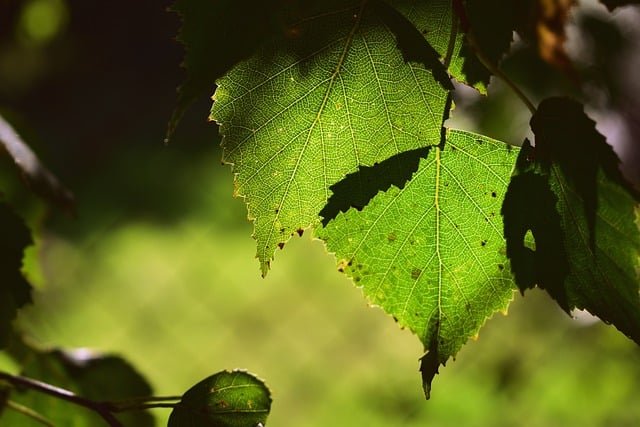**Title: "The Hidden Wonders of Urban Green Spaces:

The Hidden Wonders of Urban Green Spaces
Urban green spaces are often overlooked gems in the bustling heart of cities. While skyscrapers and busy streets dominate the skyline, these pockets of nature offer a much-needed respite from the urban hustle and bustle. In this post, we will explore the hidden wonders of urban green spaces and why they are essential for our well-being and the environment.
1. A Breath of Fresh Air
One of the most immediate benefits of urban green spaces is the improved air quality they provide. Plants absorb carbon dioxide and release oxygen, helping to combat pollution and create a healthier environment. Parks and gardens act as "lungs" for cities, filtering harmful pollutants and providing cleaner air for residents.
2. Mental Health Benefits
Studies have shown that spending time in nature can significantly reduce stress levels and improve mental health. Urban green spaces offer a tranquil escape where individuals can unwind, meditate, or engage in recreational activities. The calming presence of greenery and natural elements can help alleviate anxiety and depression, fostering overall well-being.
3. Biodiversity Hotspots
Urban green spaces play a crucial role in supporting biodiversity. Parks, community gardens, and even green roofs provide habitats for various plant and animal species. These areas can serve as essential corridors for wildlife, allowing them to thrive in urban settings. By preserving and enhancing these green spaces, cities can support local ecosystems and promote biodiversity.
4. Community Connection
Green spaces often serve as communal hubs where people come together to socialize, exercise, and participate in community events. They foster a sense of belonging and encourage social interactions among residents. Whether it’s a picnic in the park, a yoga class in the garden, or a farmers' market, these spaces help build stronger, more connected communities.
5. Encouraging Active Lifestyles
Urban green spaces provide ample opportunities for physical activity. Walking trails, sports fields, and playgrounds encourage residents to engage in outdoor activities, promoting a healthier lifestyle. Access to nature can motivate people to exercise more regularly, contributing to better physical health and fitness.
6. Environmental Sustainability
In addition to their aesthetic appeal, urban green spaces contribute to environmental sustainability. They help manage stormwater runoff, reduce urban heat, and mitigate the effects of climate change. Green roofs and vertical gardens can also improve energy efficiency in buildings, making cities more sustainable and resilient.
7. Cultural and Historical Significance
Many urban green spaces are steeped in history and culture. They can reflect a city's heritage and serve as venues for cultural events, art installations, and festivals. Preserving these spaces allows communities to honor their past while creating a vibrant future.
Conclusion
Urban green spaces are more than just patches of grass or flower beds; they are vital components of healthy, thriving cities. By recognizing and investing in these hidden wonders, we can enhance our quality of life, promote environmental sustainability, and foster stronger communities. So, the next time you pass by a park or garden, take a moment to appreciate the beauty and benefits it brings to urban life. Let’s advocate for the preservation and expansion of these essential green spaces for generations to come!
Feel free to share your favorite urban green space or experience in the comments below! 🌳✨

All images are taken from the Pixabay.com
Upvoted! Thank you for supporting witness @jswit.